
I think taro leaves have a cute shape, so I have decided to take photos of them before I eat them.

I eat taro leaves? Is that safe? Yes, eating taro leaves is safe but it must be with the correct procedure for cooking them. The thing you need to remember for life is never to eat them raw because they are poisonous!
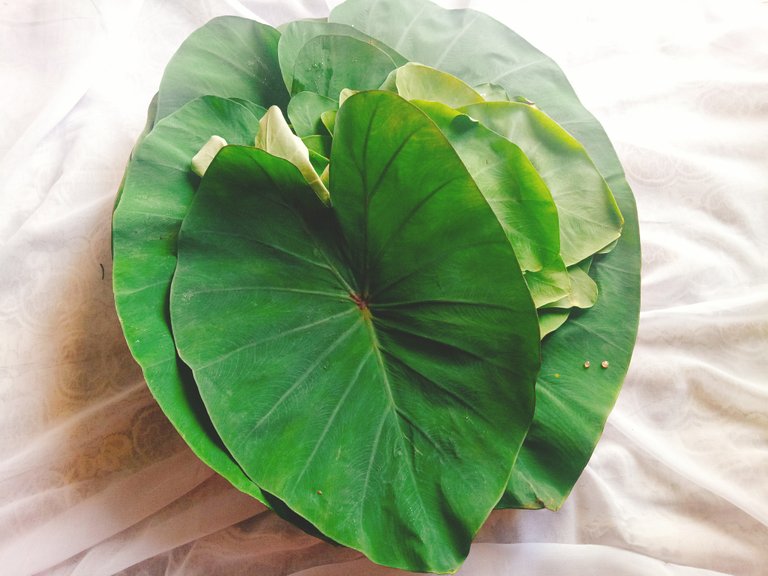
Although it looks like green vegetables in general, do not ever cross your mind to try to consume raw taro leaves, also stems and roots.
There are many cases of poisoning that you can find on the internet. I found one case of poisoning on someone's blog, you can read it here: Learn From My Mistake. Don't Eat Raw Taro Leaves. They Are Poisonous. by Molly Patrick
In addition to the leaves, the roots and stems of taro can also be used as a delicious dish as long as they are cooked first to remove the poison.
Usually, in my family, we make dishes from taro leaves or taro stems for side dishes to eat rice.
Taro plants are very easy to develop in watery areas and have good sunlight.
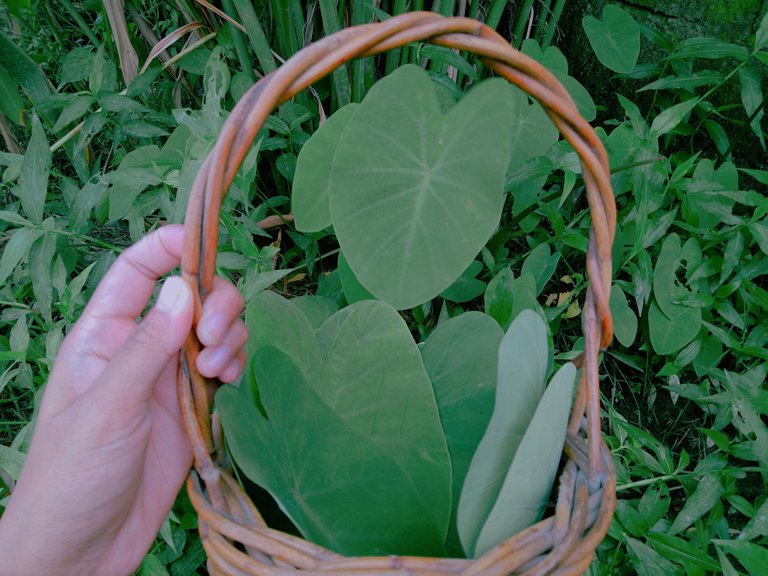
According to Organic Facts, taro leaves have the following nutritional properties:
Taro leaves are extremely high in vitamin A, delivering more than 100% of your daily requirement in a single cup. These leaves are also high in vitamin C and various B vitamins, such as thiamine, riboflavin, and folate. There are also significant levels of manganese, copper, potassium, iron, and calcium. A 1-cup serving of these leaves contains only 35 calories, good amounts of dietary fiber, and low levels of fats.
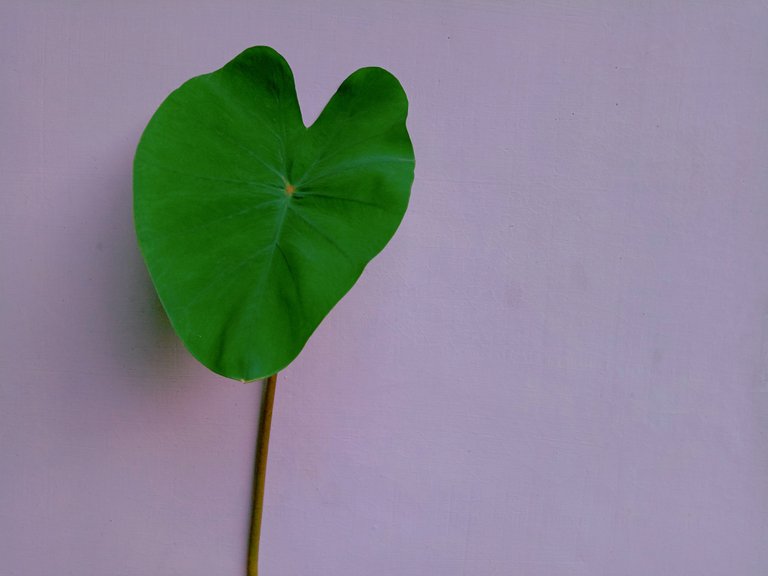
These taro leaves have good fiber content for the health of the digestive system and can simultaneously reduce cholesterol levels and blood pressure.
Another interesting thing about taro leaves is the nature of the leaves that will not get wet and will not leave any residual water.
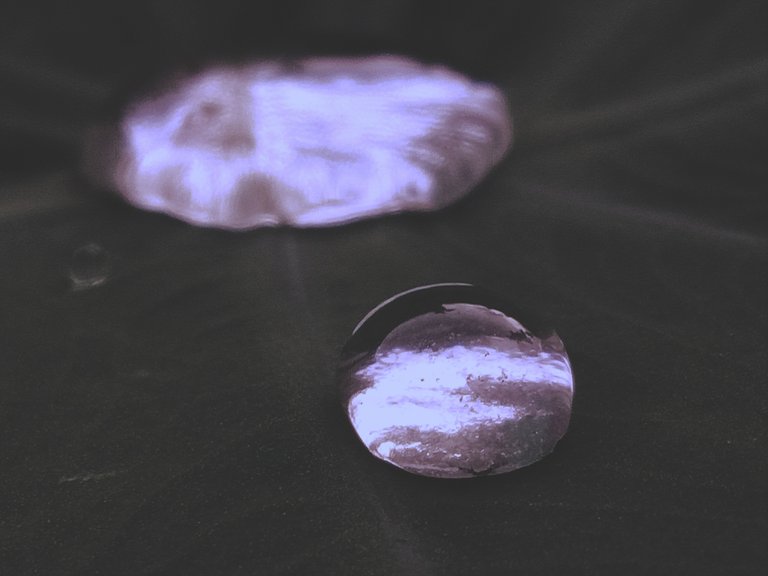
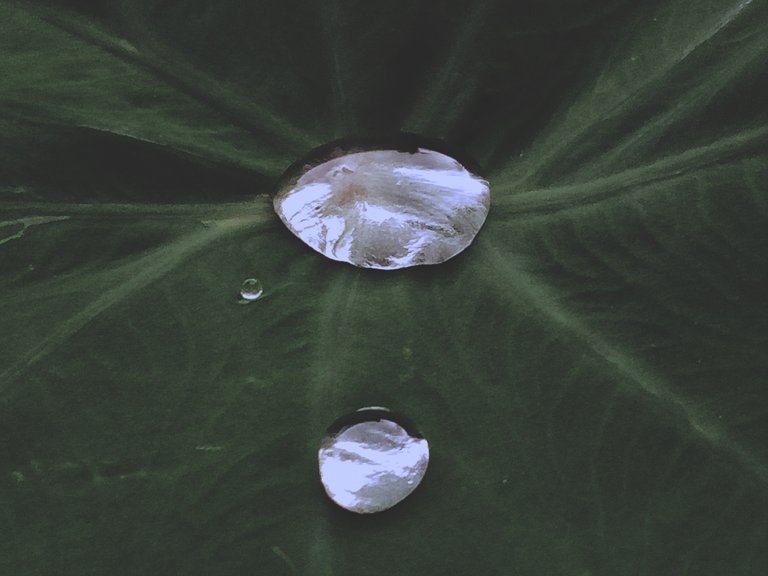
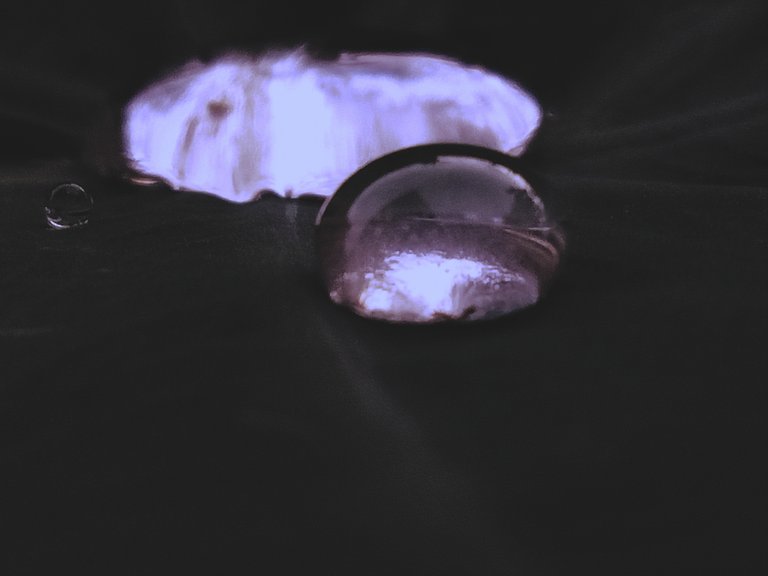
The surface of the taro leaves is shiny like it has a waxy substance.
Next time I will share with you the recipe of steamed taro leaves with coconut and tempeh.
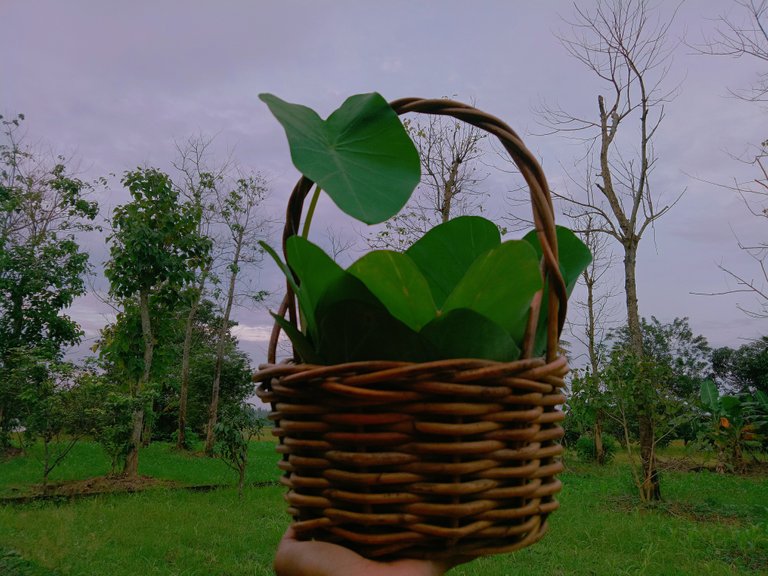
Keep Cooking and Posting!
References:
Sneak Peek of Steamed Taro Leaves Recipe

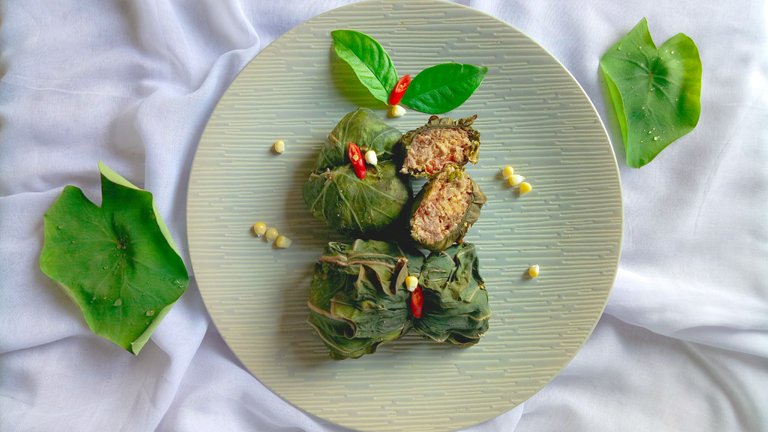
My Previous Posts about Easy and Yummy Recipes:
 How To Make Vegan Green Pancakes with Moringa Leaves and Potatoes
(https://steemit.com/dtube/@anggreklestari/lzryt7w9gee)
How To Make Vegan Green Pancakes with Moringa Leaves and Potatoes
(https://steemit.com/dtube/@anggreklestari/lzryt7w9gee)
 Deep Fried Sweet Potatoes Wrapped in Flour
(https://steemit.com/food/@anggreklestari/snack-time-deep-fried-sweet-potatoes-wrapped-in-flour)
Deep Fried Sweet Potatoes Wrapped in Flour
(https://steemit.com/food/@anggreklestari/snack-time-deep-fried-sweet-potatoes-wrapped-in-flour)
I approve of this plant-based posts.
Upvote👍
Resteem🐗
Thanks!
Thanks for sharing:)
@anggreklestari, muchas gracias por el excelente contenido de tu post, muy bien!.
Thanks! Hope it will useful for you.
We have a lot of taro in our island. People only eat its root since it is like potato. We boil or steam them. The leaves were not used so much, I think. Well, it's time for a change.
The taro root is indeed delicious too
Betul sekali @anggreklestari, batang daun talas juga bisa di olah menjadi masakan lezat. Ibu saya sering mengolahnya dengan di rebus dulu batangnya, kemudian di saring air rebusannya supaya bebas dari racun saat di konsumsi. Saya tak menyangka @anggreklestari yang tinggal perkotaan juga tau banyak soal manfaat daun talas.
Good job fren 😃
Saya juga berasal dari kampung lho. Ehehe
Terima kasih sudh membaca.
Oh, they look absolutely amazing! Looking forward to your recipes. I am really inspired by your two part series, and your photos are looking great!
Thanks, dear ❤
@tipu curate
Inner BlocksYou have been curated by @hafizullah on behalf of : a community encouraging first hand content, with each individual living their best life, and being responsible for their own well being. #innerblocks Check it out at @innerblocks for the latest information and community updates, or to show your support via delegation.
I love Taro so much. My CM practitioner told me to eat it when he was treating me for Graves Disease many many years ago.
I had no idea you could also use the leaves.
I tried growing it many years ago, but I think it was too dry and hot for it.